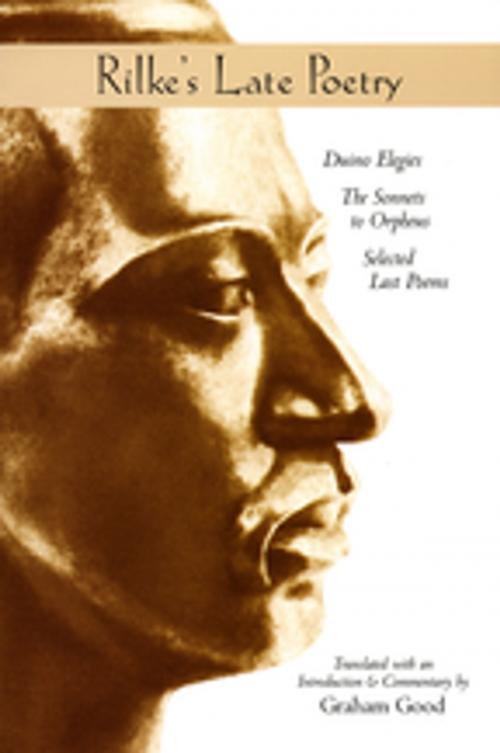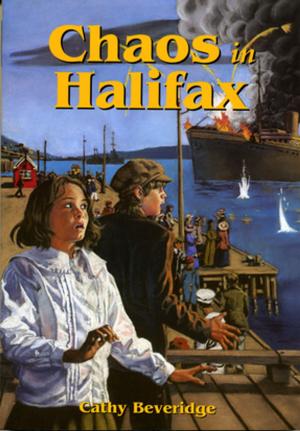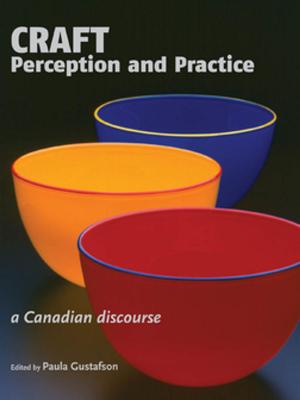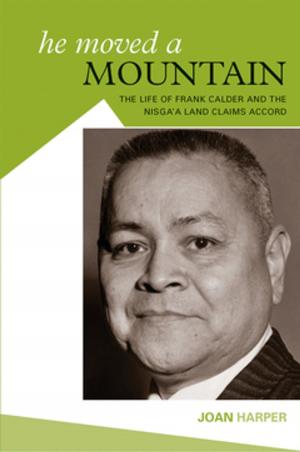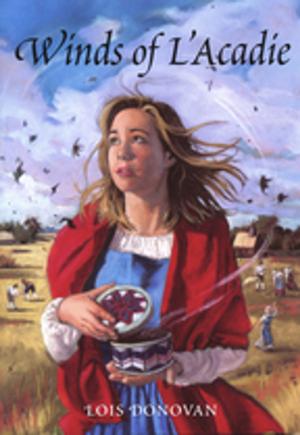Rilke’s Late Poetry
Duino Elegies, The Sonnets to Orpheus and Selected Last Poems
Fiction & Literature, Poetry, Continental European| Author: | ISBN: | 9781553801689 | |
| Publisher: | Ronsdale Press | Publication: | March 1, 2005 |
| Imprint: | Ronsdale Press | Language: | English |
| Author: | |
| ISBN: | 9781553801689 |
| Publisher: | Ronsdale Press |
| Publication: | March 1, 2005 |
| Imprint: | Ronsdale Press |
| Language: | English |
The late poetry of Rainer Maria Rilke (1875-1926) is one of the summits of European poetry in the twentieth century. Completed in 1922, as were T.S. Eliot’s The Waste Land and James Joyce’s Ulysses, Duino Elegies ranks with them as a classic of literary Modernism and as an inquiry into the spiritual crisis of modernity. The ten long poems grapple with the issue of how the human condition and the role of art have altered in the modern era, with the decline of religion and the acceleration of technology. 1922 also saw the unexpected birth and completion of a new work, The Sonnets to Orpheus, a cycle of 55 sonnets giving lyrical expression to the philosophical insights gained in the Elegies. This is dedicated to Orpheus, the mythic singer and lyre player, who becomes a symbol for Rilke of the acceptance of transience in life and transformation in art. The third part of the late poetry consists of the less known brief lyrics Rilke wrote in the five years prior to his death in December 1926. These last poems constitute a kind of third testament, along with the Elegies and Sonnets.
The late poetry of Rainer Maria Rilke (1875-1926) is one of the summits of European poetry in the twentieth century. Completed in 1922, as were T.S. Eliot’s The Waste Land and James Joyce’s Ulysses, Duino Elegies ranks with them as a classic of literary Modernism and as an inquiry into the spiritual crisis of modernity. The ten long poems grapple with the issue of how the human condition and the role of art have altered in the modern era, with the decline of religion and the acceleration of technology. 1922 also saw the unexpected birth and completion of a new work, The Sonnets to Orpheus, a cycle of 55 sonnets giving lyrical expression to the philosophical insights gained in the Elegies. This is dedicated to Orpheus, the mythic singer and lyre player, who becomes a symbol for Rilke of the acceptance of transience in life and transformation in art. The third part of the late poetry consists of the less known brief lyrics Rilke wrote in the five years prior to his death in December 1926. These last poems constitute a kind of third testament, along with the Elegies and Sonnets.
